#Sonoma state
Text

Corona !
The corona of a supermassive black hole appears as pale, conical swirls above the accretion disk in this illustration. Credit: NASA/Aurore Simonnet (Sonoma State Univ.)
#art#cosmos#cosmic#universe#blast#space#wallpaper#corona#black hole#sonoma state university#swirl#nasauniverse#nasa#aurore simonnet#cosmos wallpaper
49 notes
·
View notes
Photo
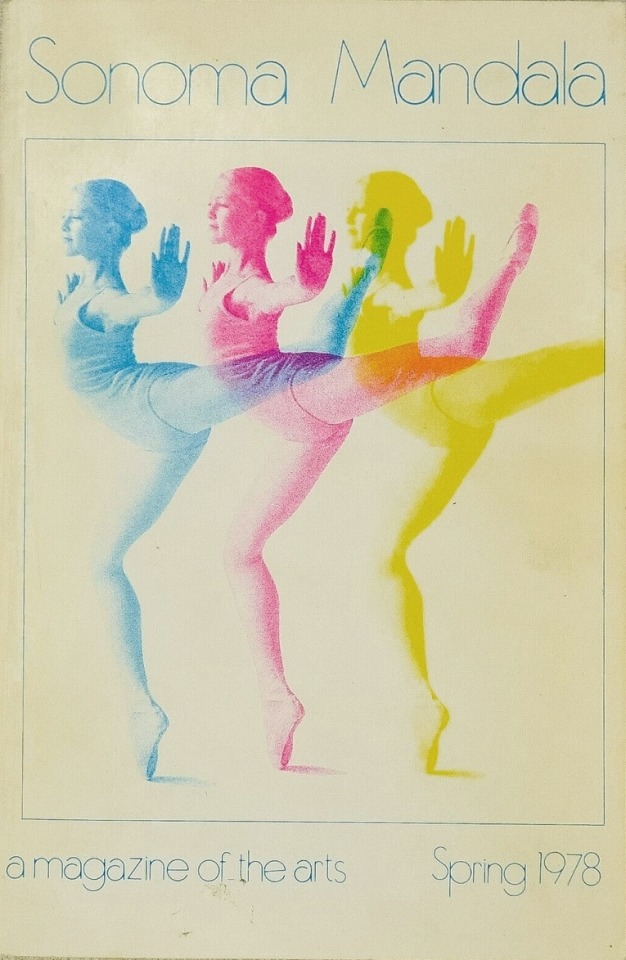
Sonoma Mandala, Sonoma State College magazine, Spring 1978
#witches#mandalists#occult#vintage#sonoma mandala#sonoma#mandala#sonoma state college#magazine#1978#spring#ballerina
82 notes
·
View notes
Text


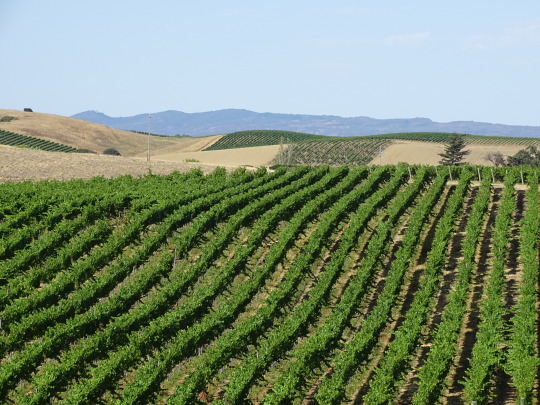
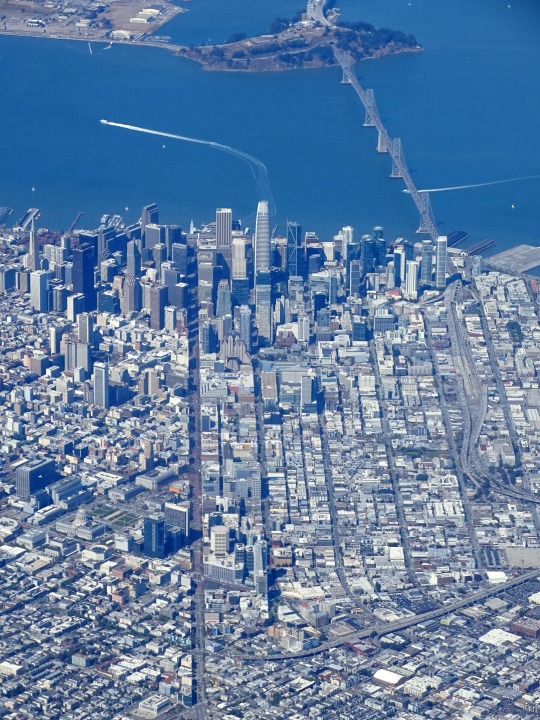



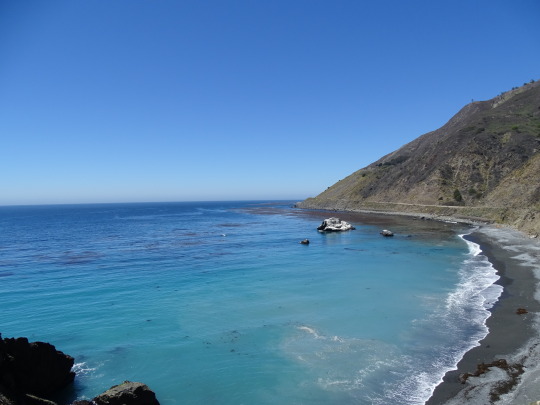

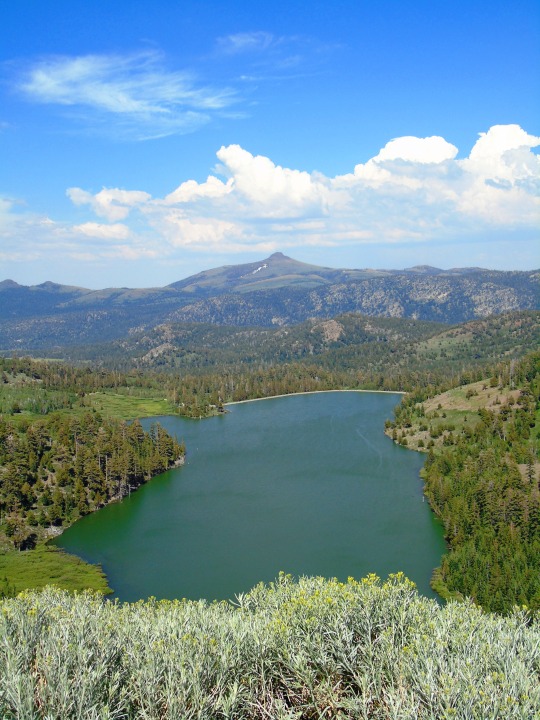
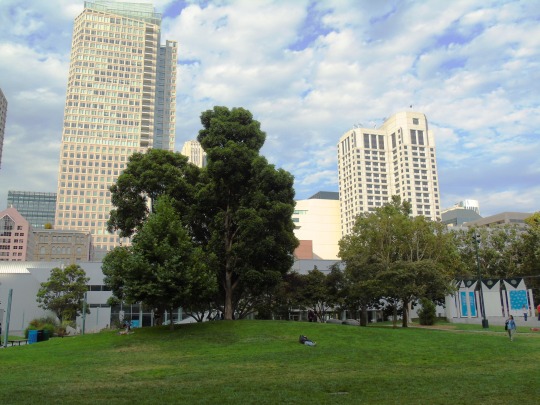
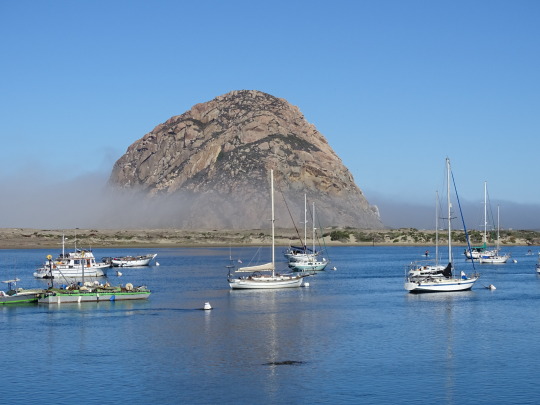




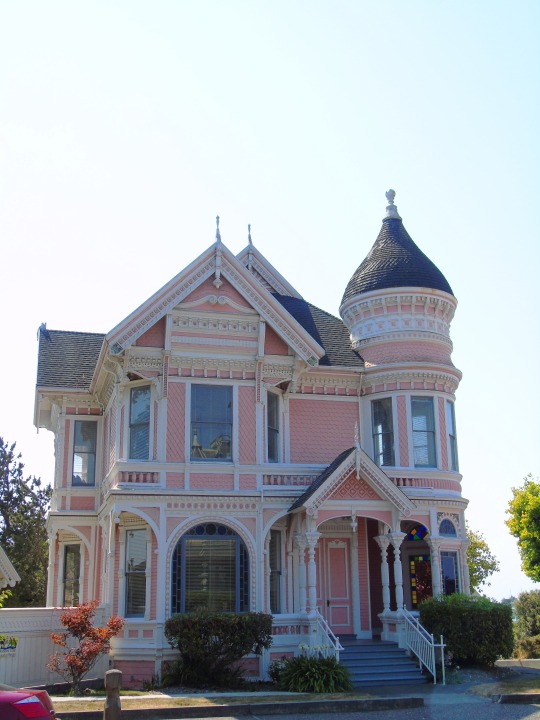


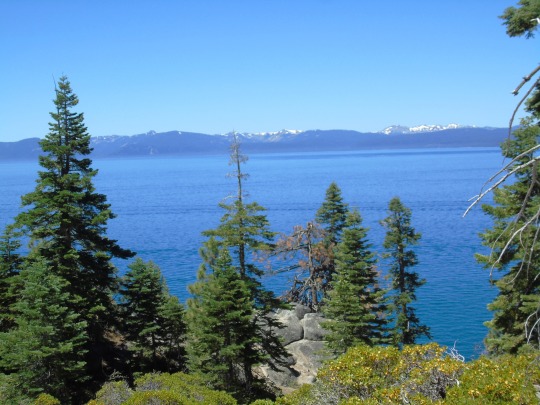

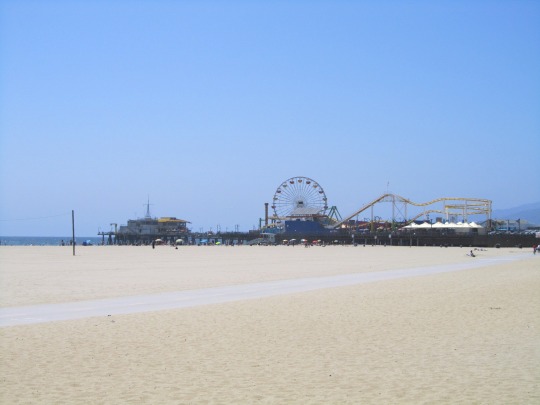

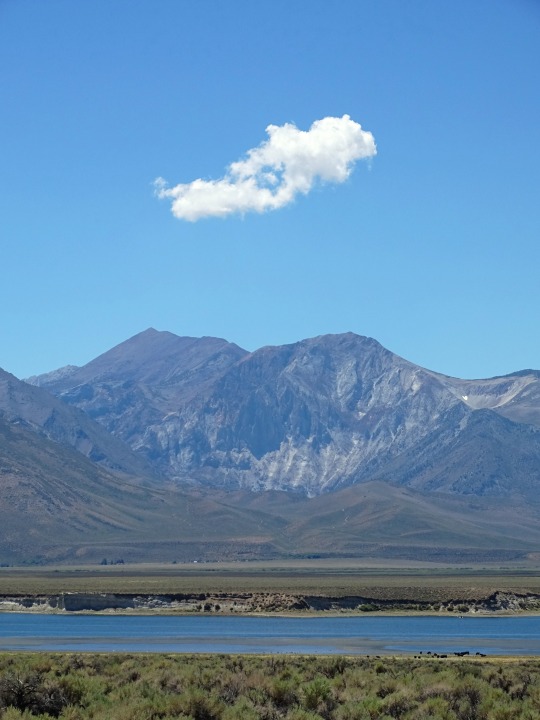
California was admitted as the thirty-first U.S. state on September 9, 1850.
California Admission Day
California Admission Day is observed on September 9 each year. It commemorates the day California was admitted into the Union as the 31st state in 1850 after it was ceded to the United States by Mexico in 1848. California became one of the few states to become a state without first being an organized territory. California Admission Day is not a federal holiday. Rather, it’s a local observance in the state, which implies that businesses, schools, and government offices remain open. In times gone by it was celebrated with great pomp and ceremony with parades and pageantry. Though low-key now, the day still marks an important part of Californian history.
History of California Admission Day
The Mexican-American War began in May 1846 when the U.S. declared war on Mexico. American settlers who lived in the territory of California in Mexico revolted against the Mexican government in what is known as the Bear Flag Revolt. The Americans captured Sonoma, hoisted a Bear Flag in the area, and declared it the California Republic. On July 9, 1846, Navy Lieutenant Joseph Warren Revere arrived in Sonoma and replaced the Bear Flag in the territory with a United States flag. Lieutenant Revere officially declared California a possession of the United States. In February 1848, Mexico and the U.S. signed the Treaty of Guadalupe Hidalgo to end the war. This treaty meant that Mexico had to yield a large portion of its Southwest territory — including present-day California — to the U.S.
As of the signing of the treaty, California had a meager population that was not up to the 60,000-inhabitant benchmark a territory needed to achieve statehood. Earlier in January 1848, gold was discovered on the American River near Sacramento, and the territory witnessed a massive influx of immigrants looking for work and good fortune. Thanks to the Gold Rush, a huge increase in population and wealth followed, thus necessitating the need for civil government and local policies.
In 1849, Californians demanded statehood, and California became the 31st state on September 9, 1850. California joined the Union as a free, non-slavery state by the Compromise of 1850 in just about two years of the territory’s incorporation. Its first capital was in San Jose before it was moved to the city of Vallejo for lack of necessary facilities. The capital was later moved to Benicia, a small town, and subsequently to the riverside port of Sacramento in 1854.
California Admission Day timeline
1846
The Bear Flag Revolt
American settlers in California stage a revolt against Mexican authorities.
1848
A Treaty for Peace
The United States and Mexico sign the Treaty of Guadalupe Hidalgo to end the war between the countries.
1850
The Compromise of 1850
The Compromise of 1850 is signed and California is admitted as the 31st state to the Union.
1911
Adoption of the California State Flag
The California State Flag, based on the original Bear Flag, is adopted by the state legislature.
California Admission Day FAQs
Is California Admission Day a federal holiday?
California Admission Day is not a federal holiday. It’s a local observance in the state of California. Schools, businesses, and government offices remain open.
What are other names for California?
California is also known as ‘The Golden State, ‘The Land of Milk and Honey,’ ‘The El Dorado State,’ and ‘The Grape State.’
What is California famous for?
California remains one of the most popular destinations throughout North America. The state is especially famous for Hollywood, Disneyland, and the Golden Gate Bridge. Other unique landmarks in California include Coachella, Silicon Valley, the Wine Country, and Surf Culture.
California Admission Day Activities
Visit the Golden StateIf you’re a history buff, today’s the perfect day to visit California. Museums around California offer various resources and artifacts to help you learn more about the state’s rich history. Take a day trip or make a holiday of it and travel to more than one.
Enjoy the special eventsCalifornia Admission Day is observed with special events at schools, museums, and organizations throughout the state. Public officials often grant special addresses about its history and significance.
Take a trip to SonomaCalifornia Admission Day has been observed particularly in the Sonoma area since 1850. It would be nice to visit the area where it all began. Don’t forget to enjoy the state’s beautiful beaches, valleys, and mountains as you celebrate with them!
5 Fun Facts About California
Originally named “the Grizzly Bear State": California has renamed the Golden State from its initial name “the Grizzly Bear State” as the bears went extinct.
The state motto is ‘Eureka!’: The Greek word means “I have found it!” and alludes to the discovery of gold in the Sierra Nevada.
Redwood is the official state tree: California’s official state tree is the redwood, as designated in 1937.
It’s called ‘The Grape State’, too: Over 300,000 tons of grapes are grown in California annually, and the state produces more than 17 million gallons of wine each year!
Blue jeans: In 1873 blue jeans were imported for miners from Europe, making San Francisco the first place in the U.S. where jeans were worn.
Why We Love California Admission Day
Becoming a recognized state in the U.S.This event celebrates the day California officially became a state in the U.S. It was a protracted struggle but thanks to the peace treaty that ended the Mexican-American War of 1848, it was a done deal.
A tribute to the war heroesThe struggle to acquire California as a possession of the U.S. was not an easy one. It took a war, diplomacy, protests, and legislation to make it possible. This day celebrates the memories of everyone who fought to make it possible.
The population boost that came with the Gold RushCalifornia’s low population would have hindered its prospects to become a state and admittance to the Union. Thanks to the Gold Rush, the territory was able to have the 60,000 inhabitants it needed to achieve statehood.
#Mount Shasta#California#31st US State#9 September 1850#Pacific Ocean#San Francisco#Sierra Nevada#Yosemite National Park#Morro Bay#Sonoma#Big Sur#San Diego#Humboldt Redwoods State Park#Los Angeles#Napa Valley#Death Valley National Park#travel#original photography#vacation#tourist attraction#landmark#architecture#cityscape#landscape#USA#Lake Tahoe#Santa Monica#Santa Barbara#anniversary#US history
24 notes
·
View notes
Text
SSU DEMANDS MET



source: ssu.sjp (Instagram)
image description below
SONOMA STATE UNIVERSITY
May 14, 2024
To: Campus Community
From: Mike Lee, President
Re: Encampment
Nineteen days ago, like many students across the globe, our students set up an encampment on Person Lawn to express their solidarity with the Palestinian people, registering a campus chapter of Students for Justice in Palestine. Over the past week, senior administrators met with students and faculty to listen to and discuss student demands. On Friday, May 10 and Tuesday, May 14, I joined the group to hear directly from them.
Student activism, protest, and dissent in service of social and political change are key democratic principles that allow us to imagine a more perfect union -- not only for ourselves, but also for others. None of us should be on the sidelines when human beings are subject to mass killing and destruction. I have said this before and it merits repeating: There is no political, religious, or cultural principle that merits the murder of the innocent, and the one battle we should all be engaged in is the fight for inclusion, respect, and freedom for all people, regardless of their background or identity. I appreciated the civility and respect that centered our conversations, which opened the door to new ideas and opportunities. As a result of our conversations, we have reached the following points of agreement:
Advisory Council of Students for Justice in Palestine
The Advisory Council of Students for Justice in Palestine (SJP) will be established as a mechanism to ensure SSU administration accountability for all agreements. The main goal of the SJP Advisory Council is to work closely with the SSU administration to review progress on the initiatives listed below.
The Advisory Council of SJP will be established through a collaboration between SJP and Sonoma State and will be composed of members from the encampment, faculty, staff, administrators, Palestinian alumni, and other interested students, as determined by Students for Justice in Palestine. The Advisory Council of SJP will meet regularly beginning Fall 2024 with administrators and researchers in accordance with the following Mandatory Protections:
Mandatory Protections:
1) Regular meetings with an agenda set and approved by the SJP Advisory Council.
2) It is the public's right to attend and participate in official Sonoma State meetings, which are required to meet the transparency requirements of the CSU policies and regulations. Meeting materials are to be disclosed to the Advisory Council of SJP in keeping with the law. Meetings will be recorded.
3) Preserve the future of the Advisory Council of SJP.
The first meeung date will occur in late August with a presentation from the appropriate SSU Foundation Committee as determined by the VP for University Advancement. The Advisory Council of SJP and SSU Foundation leadership will meet regularly in Fall 2024 and Spring 2025 to review progress. The Advisory Council of SJP will be extended into additional semesters as needed and by mutual agreement between Sonoma State leadership and student leaders.
Disclosure and Divestment
Sonoma State is in the process of launching research on and a review of all SSU Foundation investments. to be released in a meeting between the Committee of SJP and members of the Investment Committee of the SSU Foundation in early Fall 2024. This also includes research on and review of all Sonoma State vendor contracts, to be released in a meeting between the Advisory Council of SJP and the Vice President of Administration and Finance. After the review, the Advisory Council of SJP and SSU administrators will meet with proper officials to determine a course of action leading to divestment strategies that include seeking ethical alternatives.
SSU will post and disseminate a Disclosure Statement related to funding amounts, the use of funding, and conditions attached to funds.
Academic Boycott
Currently, the CSU International Programs are not engaging in exchange with Israeli universities. and Sonoma State has no other faculty or student exchange agreements in Israel. Academic Affairs and Strategic Enrollment will evaluate any potential exchange partnerships on an annual basis. in conversation with the Advisory Council of SJP.
SSU will not pursue or engage in any study abroad programs, faculty exchanges, or other formal collaborations that are sponsored by, or represent, the Israeli state academic and research institutions.
SSU also commits to immediately updating any SSU pamphlets and SSU-hosted websites that may still be circulating or searchable and to remove hosting or linking to any pamphlets, flyers, or brochures advertising the study abroad program where students are encouraged to study abroad in Israel. SSU will make it clear to any students that any such programs are terminated until further notice and not simply suspended.
SSU remains committed to upholding principles of academic freedom and open scholarly exchange. As such, SSU welcomes opportunities to engage Palestinian scholars and students, as well as individual Israeli scholars acting in a personal capacity.
Recognize Palestinian Identity and Introduce Historic Curriculum
Sonoma State commits to working with Ethnic Studies and WGS faculties to build out the curriculum and programming for Palestine Studies within SWANA Studies at SSU beginning in Fall 2024.
SSU will provide support and resources to develop curriculum and programming on Palestine and a future Palestine Studies program within SWANA Studies that will be taught and housed within the School of Ethnic Studies and Languages. Support will include: annual funding of guest lecture series on Palestine and faculty hires (for
example, lecturers, visiting assistant professors, and tenure-track hires) in Palestine Studies within SWANA Studies.
The Office of Academic Programs, the Provost, the President, and Ethnic Studies and Women's and Gender Studies faculty will create a Memorandum of Understanding (MOU) confirming that there will be support for the development of Palestine Studies within SWANA Studies courses and programs as they move through the governance
process.
Statement for Permanent Cease-fire in Gaza
Both SSU Students for Justice in Palestine and I, President Mike Lee, oppose and condemn all acts of genocide, ethnic cleansing, racism, antisemitism, and other activities that violate fundamental human rights. And thus, I call for a cease-fire so that a process for permanent, peaceful resolution can be established.
Student protests and political action are cornerstones of higher education and democracy, and we unequivocally condemn hate and bias in all forms. SSU administration supports students' right to engage in peaceful activism without fear for their personal safety or any form of retaliation. We understand that many people feel anxious and fearful, particularly when standing for what they believe. We ask that everyone do their part to support one another, to ensure that Sonoma State is a safe and inclusive place for all.
Finally, I am pleased to witness that our students have effectively chosen to not be on the sidelines of history during this critical moment. They have peacefully utilized their agency, knowledge, and passion to effect change, and for that I am grateful.
#ssu#sonoma state University#divestment#gaza solidarity encampment#student encampment#free Palestine#free gaza#free rafah#boycott israel#news#image described
5 notes
·
View notes
Text
I think I may be stupid. I'm rewatching an episode of bfu and I was like. Why does this location look familiar am I going insane? But then I realized I've literally Been There and not only that but it was pretty much the only thing I did when I was in that city
#its the mission solano episode of bfu#when I was in san fran i did a wine tasting trip and we had free time in Sonoma#literally all i did was eat a sandwich walk around in a circle around the plaza and see the mission/sonoma state historic park#so i guess ive been to at least 3 bfu/gf locations lol (Alcatraz and the whaley house being the others)
8 notes
·
View notes
Text

From the book, Annadel State Park: The First 20 Years by Bill Krumbein.
Buried shoes...?
3 notes
·
View notes
Text

7 notes
·
View notes
Video
#America#California#Go Pro Grand Prix of Sonoma#INDYCAR#IndyCar Series#Sears Point#Sonoma#Sonoma County#Sonoma Raceway#USA#United States#United States of America#West Coast#auto racing#car racing#Petaluma#fav10#fav25#flickr
6 notes
·
View notes
Text


Jenner, Sonoma County, California, USA
Ava Coploff
#Jenner#Sonoma County#California#USA#US#United States of America#United States#North America#CANature
0 notes
Text
Quicksilver Messenger Service - Mona - 8/15/1969 - Sonoma State College -
youtube
#quicksilver messenger service#mona#bo diddley#cover#gary duncan#john cipollina#dino valenti#david freiberg#greg elmore#psychedelic rock#acid rock#live 1969#sonoma state college#sonoma county#Youtube
1 note
·
View note
Text

Sugarloaf Ridge State Park in Sonoma County, Northern California on July 24, 2018
0 notes
Photo



Salt Point State Park, Sonoma County, California. source: cazbruce.
0 notes
Text
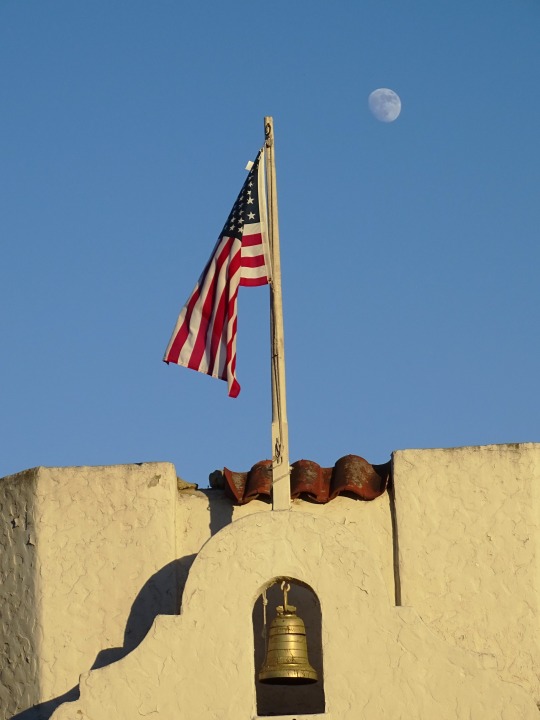
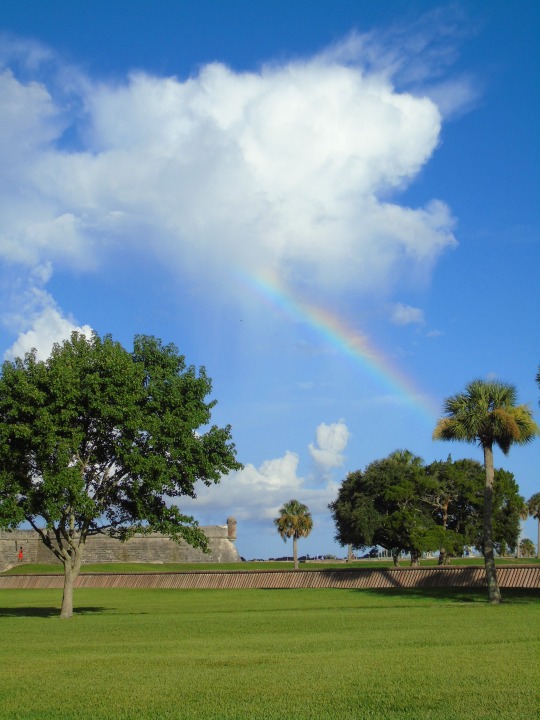
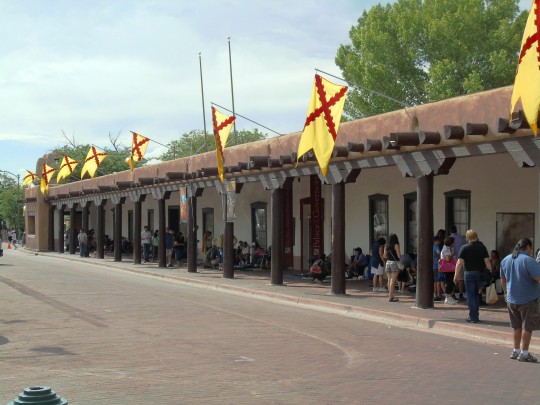
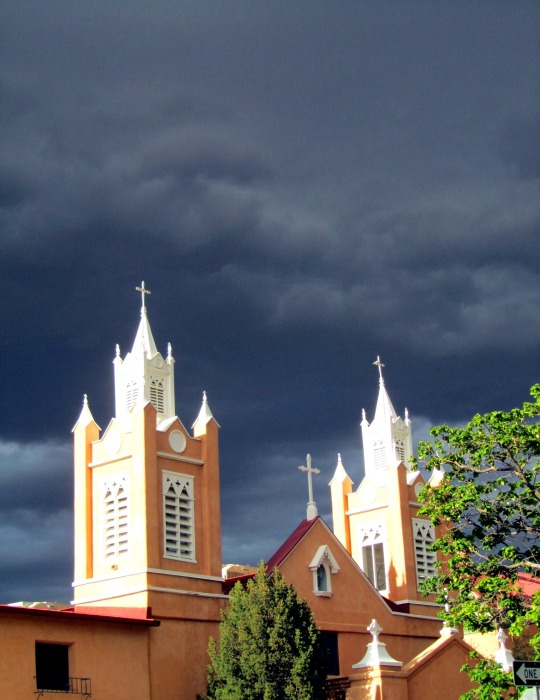
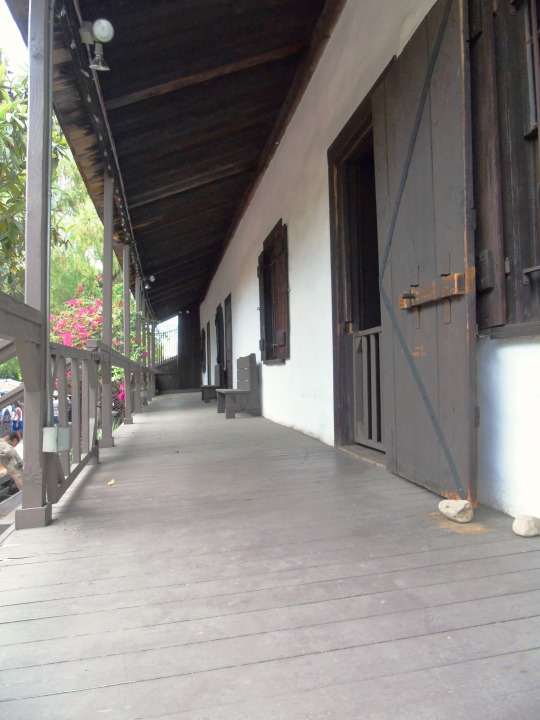

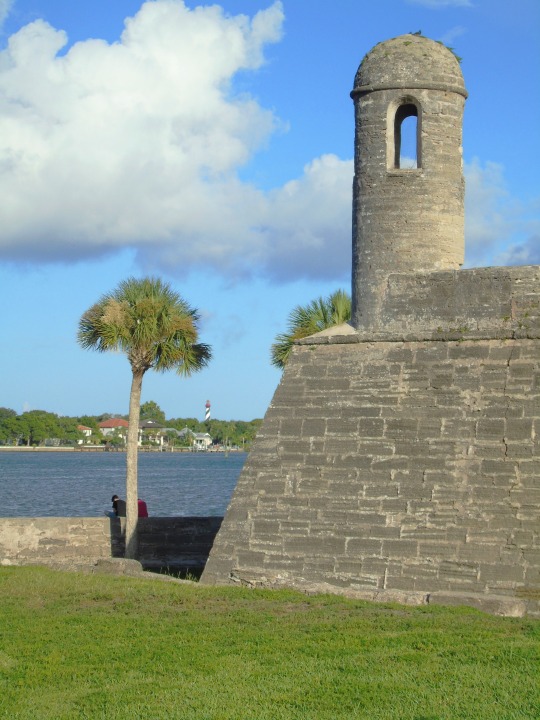
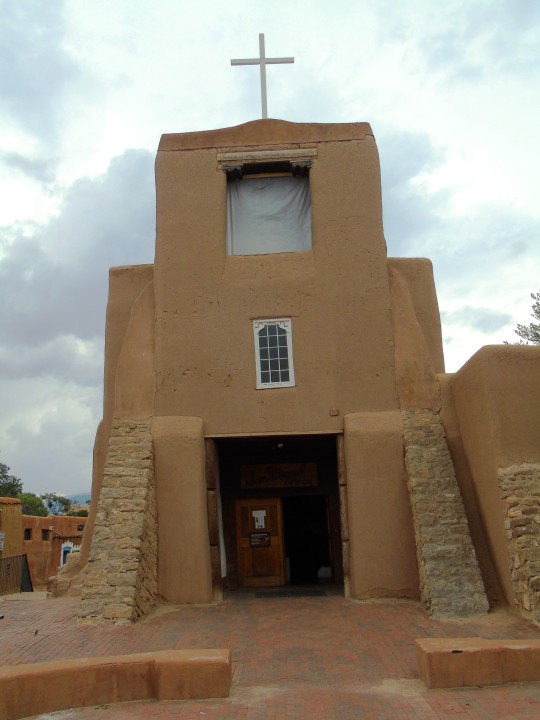
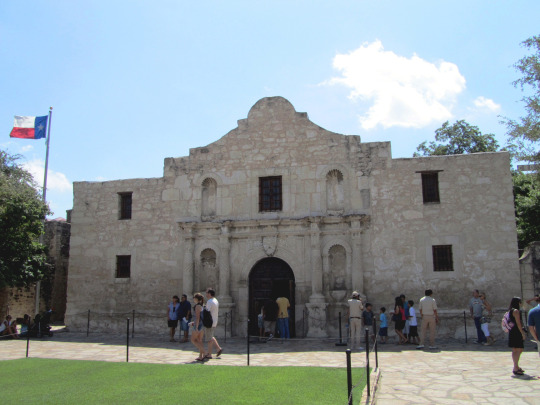
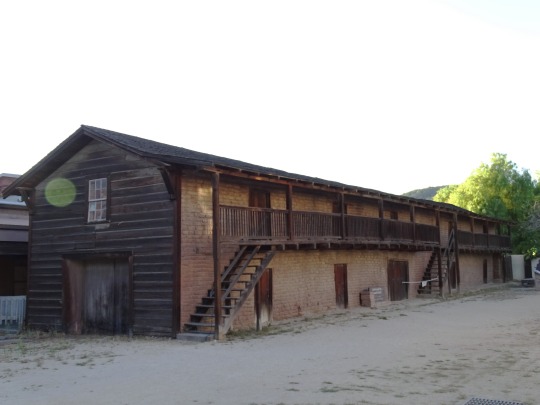
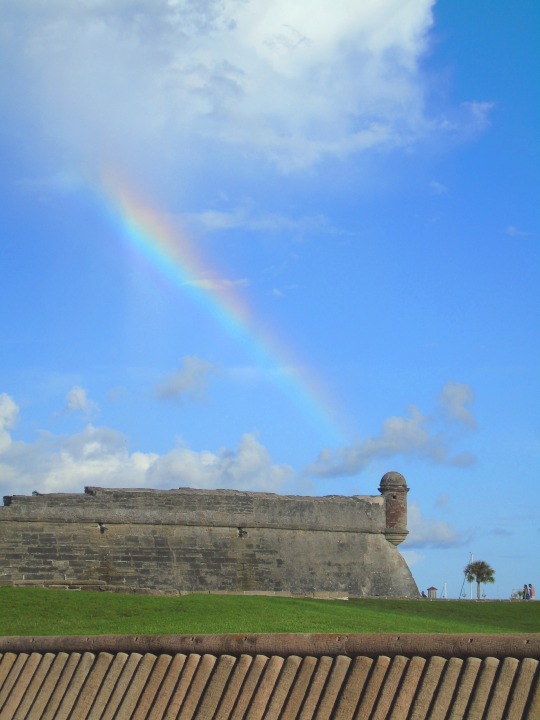
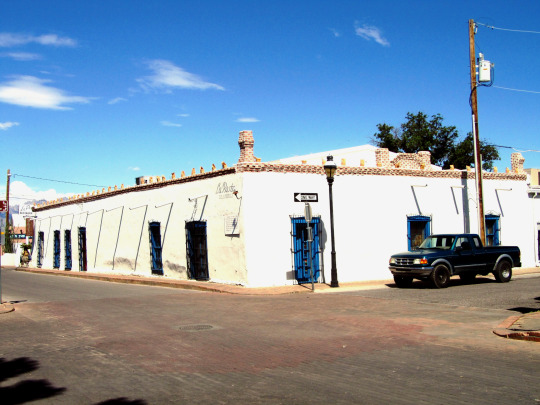


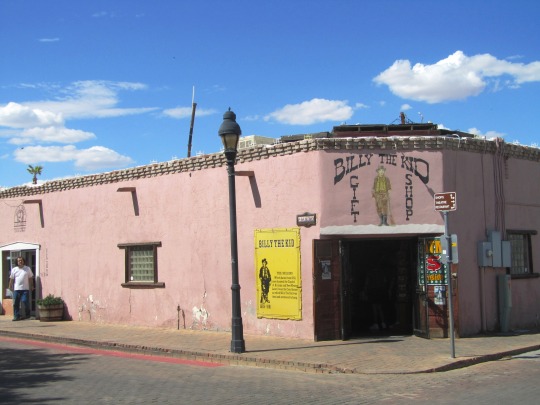
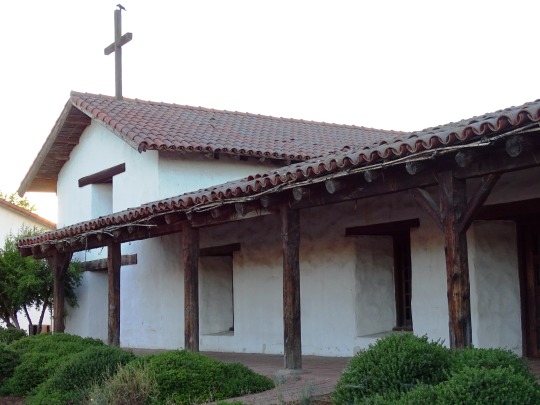
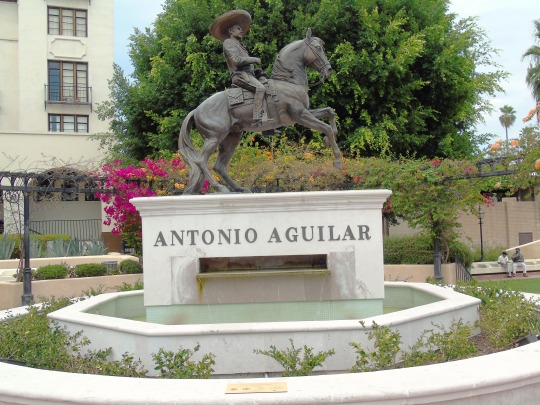
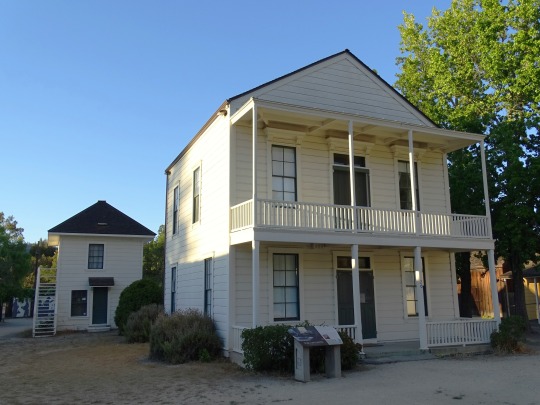
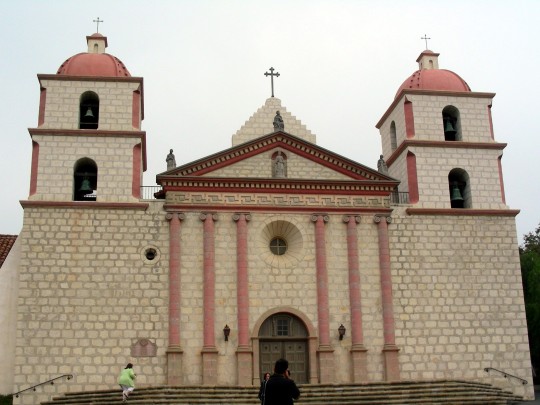

Cinco de Mayo
Cinco de Mayo commemorates the Mexican victory at the Battle of Puebla on May 5, 1862, during the Franco-Mexican War. The day is a minor, regional holiday in Mexico, being mainly celebrated in the state of Puebla where the city of Puebla is the capital. Military parades, speeches, and reenactments of the battle are held there. It is also celebrated in Veracruz and Mexico City, but in many other places of Mexico, May 5th is no different than any other day.
It is more widely celebrated in the United States, where it commemorates the battle, and celebrates Mexican culture and heritage. It is most celebrated in areas with large Mexican-American populations. The day began gaining popularity in the 1940s, during the beginnings of the Chicano movement. Mexican immigrants used the day to show their pride in their Mexican heritage. Awareness of the holiday was further raised in the 1960s by Chicano activists. Today it is celebrated by many in the country, regardless of their ethnic background. Parades, parties, and festivals are part of the day. These events usually include mariachi music, Mexican folk dancing, and traditional Mexican foods. The largest festivals in the country are held in Los Angeles, Chicago, and Houston.
Some have been critical of the day, saying it didn't have more widespread demographic appeal until it began being linked to Mexican alcoholic drinks. Some have also been critical of the day by saying it sometimes perpetuates negative stereotypes of Mexican people. The day has sometimes also been confused with Mexican Independence Day, which commemorates the call to arms against the Spanish, that took place on Sept 16, 1810. That day began being celebrated years before Cinco de Mayo.
The story of the Battle of Puebla deals with Mexico's war with France. In 1861, Benito Juárez became president of Mexico, at a time when the country was in trouble economically. They had defaulted on debts to France, Britain, and Spain, and those countries sent naval forces to Veracruz, Mexico, in an effort to retrieve their money. Britain and Spain worked out an agreement and withdrew. But France stayed, in an effort to seize back their money, and to create a French Empire in Mexican territory. France also wanted to limit the influence of the United States in the region. Although, during this time, the United States was preoccupied with the Civil War, giving France more of an opportunity to do as it pleased.
In late 1861, French forces landed at Veracruz and put Juárez and his government on the run. 6,000 French troops, under General Charles Latrille de Lorencez, planned an attack at Puebla de Los Ángeles, a town 80 miles southeast of Mexico City, and were optimistic about its outcome. Juárez was stationed just north of there and sent 2,000 (by some accounts 4,000) men to Puebla. Poorly supplied and outnumbered, they were led by General Ignacio Zaragoza. They fortified the town and got ready for French.
On May 5, 1862, the French attacked the town, and the battle lasted from morning until night. They lost between 500 to 1,000 soldiers, while Mexico lost less than 100. After the battle ended, the French retreated to the Gulf Coast. It was not a strategic win for Mexico but was a symbolic victory and morale booster. General Zaragoza died a few months later, and the town was renamed Puebla de Zaragoza. France's leader, Napoleon III, the nephew of Napoleon Bonaparte, installed Austrian Archduke Ferdinand Maximilian as emperor of Mexico in 1864. He was executed by Juárez's forces in 1867. France withdrew from Mexico the same year.
How to Observe
One way to celebrate the day is to eat traditional Mexican foods, or foods associated with Mexico, such as tacos, burritos, sopes, enchiladas, grilled corn, chips with salsa verde or guacamole, or mole poblano, which is an important food in Puebla. You could wash it all down with some margaritas. Mexican mariachi music or other Mexican music could be listened to, or you could do some Mexican folk dancing. Food, music, and dancing will likely be a part of any Cinco de Mayo festival or event, so it may be best to attend one! You could attend Los Angeles's Festival de Fiesta Broadway, the largest Cinco de Mayo event in the world (note: this Cinco de Mayo celebration is held in late April). Chicago and Houston are also known for large events. San Diego has various events, including a battle reenactment. The Cinco de Mayo festival in Chandler, Arizona, is known for its Chihuahua parades, races, and pageants. There are many smaller events taking place in cities and towns across the United States. Check to see what is taking place near where you live. In Puebla, there is a museum dedicated to the battle, and the battlefield is a park. A reenactment, replete with rifle and cannon shots, takes place in Puebla on the day, and it ends with a sword fight between the Mexican and French generals. No matter how you celebrate the day, make sure you are being culturally sensitive if you are not of Mexican or Mexican-American descent.
Source
#Sonoma State Historic Park#Mission San Francisco Solano#Cinco de Mayo#CincoDeMayo#AnniversaryOfTheBattleOfPuebla#5 May#Palace of the Governors#Santa Fe#architecture#cityscape#USA#travel#summer vacation#original photography#Old Town San Diego State Historic Park#El Pueblo de Los Angeles Historical Monument#2014#Avila Adobe#the Alamo#Texas#Casa de Estudillo#San Antonio#La Posta DeMesilla#tiles#ristra#Castillo de San Marcos National Monument#St. Augustine#Mission Santa Barbara#San Felipe de Neri Church#Albuquerque
2 notes
·
View notes
Text








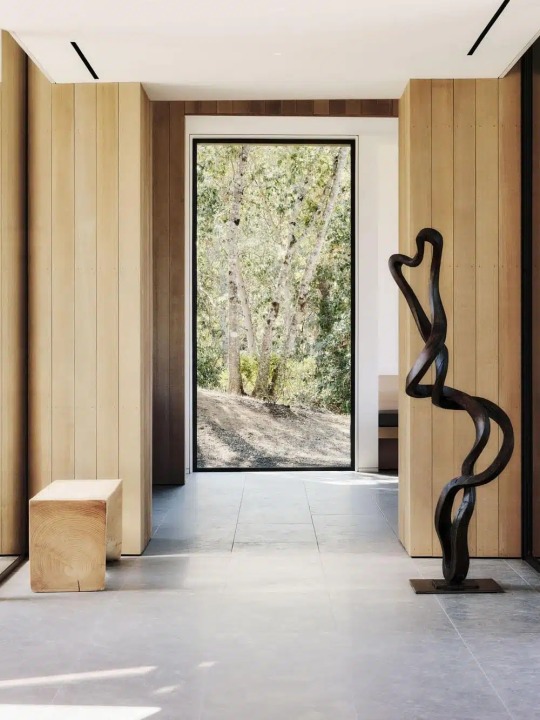

Madrone Ridge Residence, Sonoma, California, United States
Field Architecture
#art#design#architecture#nature#interior design#luxury lifestyle#retreat#madrone ridge#sonoma#california#luxuryhomes#luxuryhouses#field architecture
329 notes
·
View notes
Text



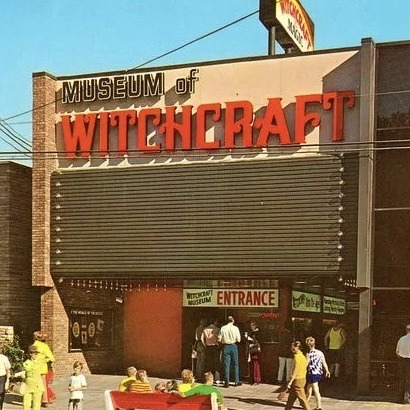





Font: Davida, 1965. Designed by Louis Minott and named after his son David. Possibly inspired by Victorian-era designs such as Ringlet and Hogarth.
Barritts Ginger Beer, 1970s.
Better Homes & Gardens Christmas Ideas, 1967.
The Bell Jar by Sylvia Plath. (This 1981 paperback cover including Davida references the jacket designed by Amy Isbey Duevell in 1971.)
Museum of Witchcraft in Gatlinburg, Tennessee, 1972.
Letraset sampling of Davida.
Young Sound by Orchester Hanz Kiessling, 1969.
Ain’t it Funky by James Brown, 1969.
Gino’s of Sonoma matchbook, 1970s.
Penn State t-shirt, 1970.
#artists of the 6th pic album are best known for making the always sunny theme. giants of the easy listening genre#font#type#typography#1960s#1970s#letraset#letragraphica#typeface
603 notes
·
View notes
Photo

2024 May 7
Black Hole Accreting with Jet
Illustration Credit: NASA, Swift, Aurore Simonnet (Sonoma State U.)
Explanation: What happens when a black hole devours a star? Many details remain unknown, but observations are providing new clues. In 2014, a powerful explosion was recorded by the ground-based robotic telescopes of the All Sky Automated Survey for SuperNovae (Project ASAS-SN), with followed-up observations by instruments including NASA's Earth-orbiting Swift satellite. Computer modeling of these emissions fit a star being ripped apart by a distant supermassive black hole. The results of such a collision are portrayed in the featured artistic illustration. The black hole itself is a depicted as a tiny black dot in the center. As matter falls toward the hole, it collides with other matter and heats up. Surrounding the black hole is an accretion disk of hot matter that used to be the star, with a jet emanating from the black hole's spin axis.
∞ Source: apod.nasa.gov/apod/ap240507.html
74 notes
·
View notes